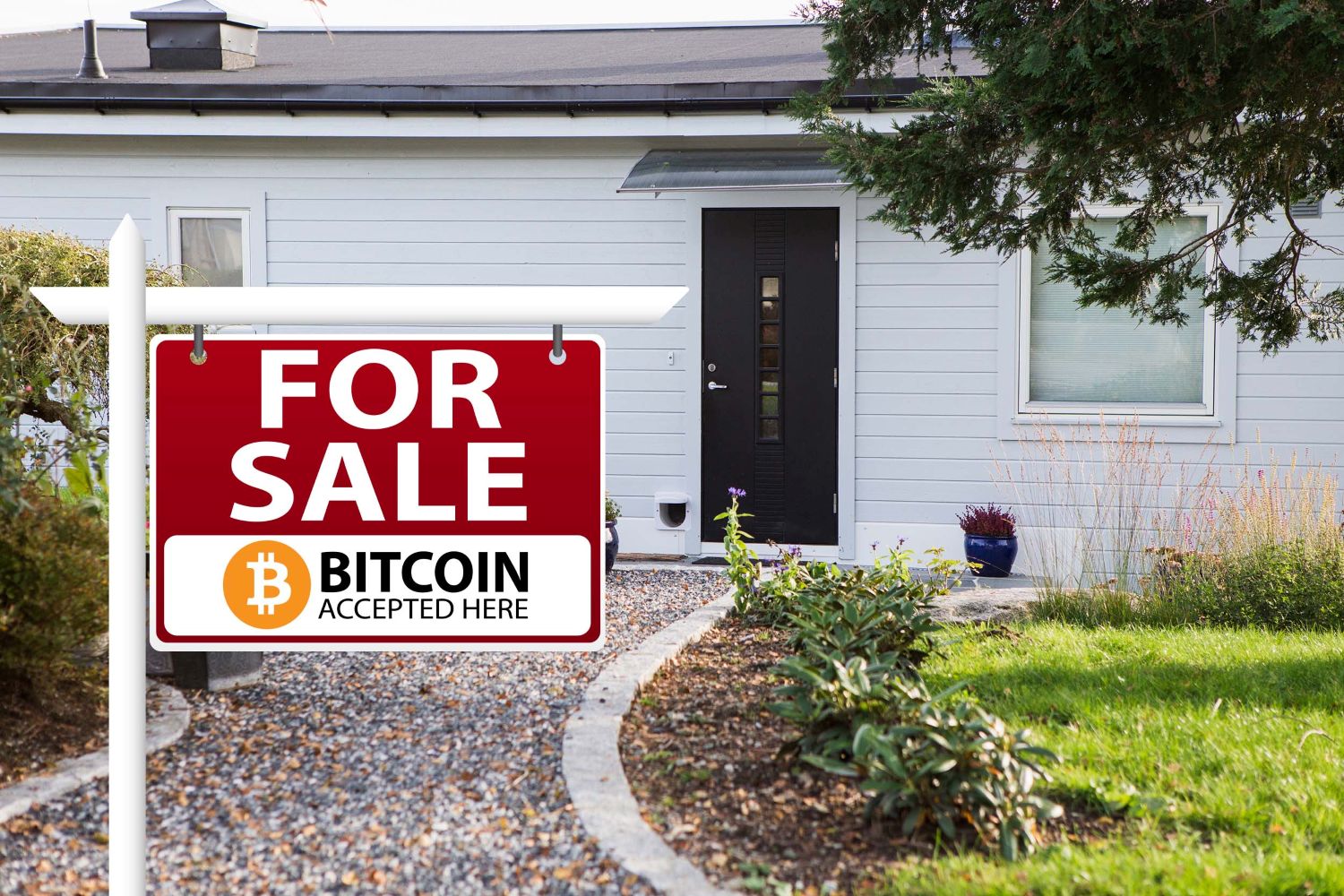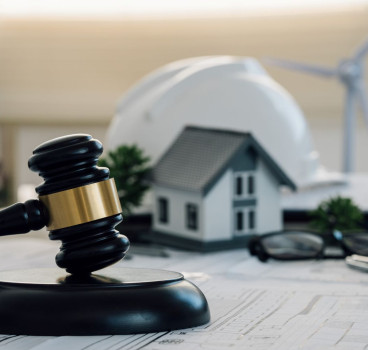What happens when the landlord Is a blockchain?
In St. Louis district in Missouri, USA, a modest house has become the unlikely front line of a global experiment. It is not owned by a landlord, a housing association, or even a conventional property fund. It belongs to a decentralised autonomous organisation - a DAO -a blockchain-based entity with dozens of investors, each holding tokens worth as little as $50 and each entitled to vote on decisions about the home, writes John Ridgeway.
For a local alderwoman, Anne Schweitzer, the experiment has been a headache. The property has generated complaints from neighbours about overgrowth, vacancy and nuisance. And when she went looking for the owner, she found herself staring into a bureaucratic fog of shell LLCs, pseudonymous agents and anonymous investors scattered across the globe. She aptly summed up the problem in one sharp phrase: “This treats our housing stock like Pokémon cards.”
It’s a striking case and one that raises bigger questions. If property ownership is fractionalised, decentralised and anonymised through blockchain structures, how can cities enforce housing standards? How can neighbours know who to hold accountable? And how should property professionals, from surveyors to estate managers, prepare if this model crosses the Atlantic?
What is DAO housing?
A DAO, or decentralised autonomous organisation, is essentially a digital co-operative that runs on blockchain technology. Instead of a board of directors, decisions are made collectively by token holders. In the St. Louis case, tokens in the “Lofty DAO” give small investors the right to vote on whether to rent, renovate or sell the property.
In theory, this democratises property investment. Instead of needing hundreds of thousands of pounds to buy a rental property, anyone can invest £40 or £50. In practice, though, it creates a fragmented and sometimes unaccountable ownership model. Who is liable for repairs? Who pays fines for building violations? Who answers the door when inspectors knock?
From a local authority perspective, the concern is clear, because housing quality, safety and maintenance rely on defined lines of responsibility. Traditional landlords may be negligent, but at least they can be found, fined, or prosecuted. A DAO, with token holders in 20 different countries, may have no obvious accountable party.
The St. Louis property has already illustrated this gap. Neighbours complain of neglect. Local officials struggle to enforce rules. Token holders, meanwhile, may see the property only as a line item in a digital wallet, an asset to trade rather than a home to maintain.
This is not just a quirky US phenomenon. Similar blockchain-based property platforms are emerging in Europe and Asia. As property becomes increasingly financialised, DAOs could easily surface in the UK market, especially in cheaper housing stock where investors see opportunity for returns.
Implications for the UK property sector
If DAOs gain traction in the UK, surveyors and property managers may find themselves caught in the middle. How, for example, do you serve notices or enforce maintenance obligations on a decentralised group of owners? How do you value a property when its governance is subject to token-holder votes that might delay or block essential repairs?
Equally as important, how does a DAO ensure buildings meet energy efficiency standards, fire safety regulations, or environmental targets if no single accountable landlord exists? For lenders, insurers, and local authorities, DAO-owned property could look like a compliance nightmare. For residents and neighbours, it also risks creating pockets of dereliction in otherwise stable areas.
In the opinion of this writer, UK policymakers would be wise to get ahead of this trend. Legislation may be needed to specify a single accountable legal representative for DAO-owned property, in the same way as leaseholders have freeholders or management companies to deal with.

Just as overseas buyers must register under the UK’s Register of Overseas Entities, DAOs should also be required to disclose beneficial ownership structures, token governance and responsible agents.
Furthermore, councils may need clearer authority to act against properties where ownership is diffuse or hidden, including the ability to compel repairs or even seize assets if standards are persistently breached. Without such measures, DAO ownership risks slipping through the cracks of existing housing and property law.
An opportunity or a threat?
It’s worth noting that DAOs are not inherently bad. In theory, they could be used for positive outcomes such as community ownership of housing, co-operative regeneration projects, or affordable housing trusts funded by many small investors. Blockchain could offer transparency, collective decision-making and new forms of engagement.
But the current experiments look less like community building and more like speculation. Treating homes as tokens to be traded undermines the idea of housing as a stable social good. Unless checked, DAO ownership risks amplifying the very problems - absentee landlords, dereliction, and community disconnection - that cities are already battling.
For property professionals, the lesson is to watch this space closely. Surveyors, estate managers, and housing associations may soon encounter DAO-owned properties in transactions, management portfolios, or neighbourhood disputes. Being prepared means understanding how DAOs work, where liability might fall and how to advise clients or local authorities.
For policymakers, the lesson is urgency. The St. Louis case shows that DAO housing is not theoretical - it’s already here. The UK has a chance to design safeguards now, before derelict DAO-owned properties become a common problem. Because when housing is treated like a Pokémon card, it is communities - not just investors - who pay the price.
Additional Blogs

The silent death of the fixed-price contract
For decades, the fixed-price contract has been the backbone of construction procurement. It promised certainty with a defined scope, an agreed sum and a clear transfer of risk from client to...
Read moreWhy good contractors are walking away from bad projects
There is a growing change happening across the construction industry, one that many clients still have not fully recognised. Highly competent, reputable contractors are increasingly walking away from...
Read more

When fire breaks out who really knows the system
The story that caught my attention recently wasn’t about fire growth or building loss, it was about confusion. Specifically, the confusion faced by the fire service when arriving at buildings...
Read more